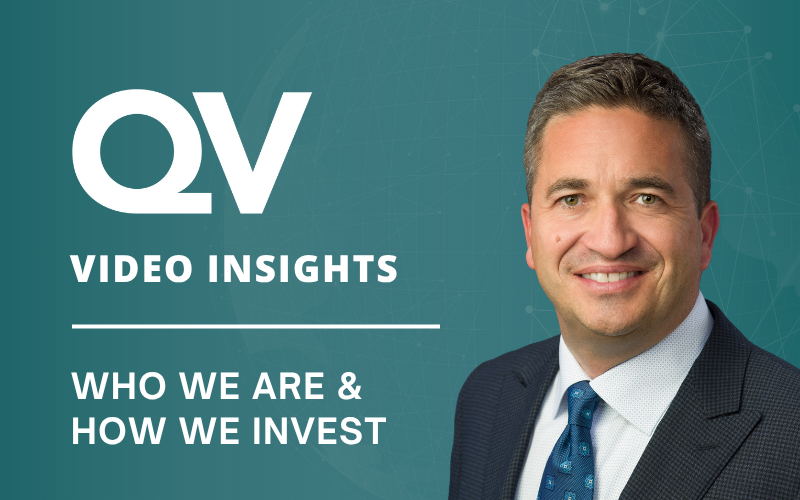A typical working-age family has three major assets: a house, employment income and an investment portfolio. Many people can withstand a temporary hit to any one of these, such as a job loss or a deep stock market correction. But suffering a loss on multiple fronts at the same time could turn otherwise temporary setbacks into permanent losses.
As the saying goes, bad things tend to happen in threes, and recent events in Calgary are a good example. Many Calgarians have lost their jobs as ongoing economic struggles have deepened during the pandemic. Some people have moved to other cities for employment, locking in housing losses. I also know far too many people in the city who have focused their investments in what they know: energy stocks. This type of concentration, in which all three assets are highly correlated, is recklessly speculative.
For someone living in Calgary and employed in oil and gas, it would be prudent to limit exposure to the things that drive the local economy, such as energy companies. A sizeable allocation to bonds (especially government bonds) would also be sensible, because they have typically been a good hedge against faltering global growth. Having inherent contradictions in a portfolio is helpful because when one asset goes down in value, some others are likely to go up.
Everyone needs to uncover their own financial strengths and vulnerabilities. A portfolio that works for someone in Calgary isn’t necessarily optimal for someone who works in Toronto. We try to examine each client’s individual circumstances in the framework of both risk capacity and risk appetite. Risk capacity is an objective assessment of a client’s ability to ride out investment losses, whereas risk appetite (or attitude) refers to a person’s psychological disposition.
Here are some things we might uncover about risk capacity during an initial client meeting:
DO YOU OR YOUR SPOUSE WORK IN A CYCLICAL INDUSTRY LIKE OIL AND GAS?
If both spouses are employed in the same cyclical industry – or even riskier, the same company – there is significant exposure to one economic factor or event. In that situation, a higher cash/fixed income buffer might be appropriate.
DO YOU HAVE A DEFINED BENEFIT PENSION FROM A FINANCIALLY STRONG EMPLOYER?
Great, that’s like a large portfolio of bonds with a longevity guarantee, so you can hold more equities in your portfolio.
DO YOU RENT OR OWN?
Renting or owning a home outright means you are less exposed to local economic factors, so your portfolio can be focused more on growth (stocks) and less on defense (cash and bonds).
ARE YOU INVESTING FOR THE LONG TERM OR FOR A MAJOR PURCHASE A FEW YEARS FROM NOW?
Longer horizons allow for more risk.
Then there is risk appetite – one’s willingness to tolerate risk. Is it in your nature to worry about money, or do you take market corrections and losses in stride? We view market volatility as an opportunity, not a risk. But if volatility causes you to stress out, there is a risk you might sell at the worst time. Many people, including me, think they know how they would act if the stock market declined by 30%. In reality, a person’s appetite for risk fluctuates with the market – what people say about risk when they feel comfortable and secure doesn’t really matter. That’s where the steady hand of an advisor is useful. A client of mine who said they could handle high volatility called me in late March (at the depths of the selloff) saying: “I want to go to 100% bonds”. This was an opportunity to earn my pay. Thankfully I did, and my client stayed invested.
Over time we get first-hand experience of clients’ risk tolerances by navigating market challenges together. We can suggest asset mix changes supported by hard data: actual behaviour during times of good fortune and stress.
Rule number one in investing is to never interrupt compounding. We encourage our clients to be optimistic in the long term, but pessimistic enough about the short term so there is enough “safe stuff” like cash and bonds for an emergency. We want to help clients see where they might have vulnerabilities and set a portfolio risk target in the context of the bigger picture.




